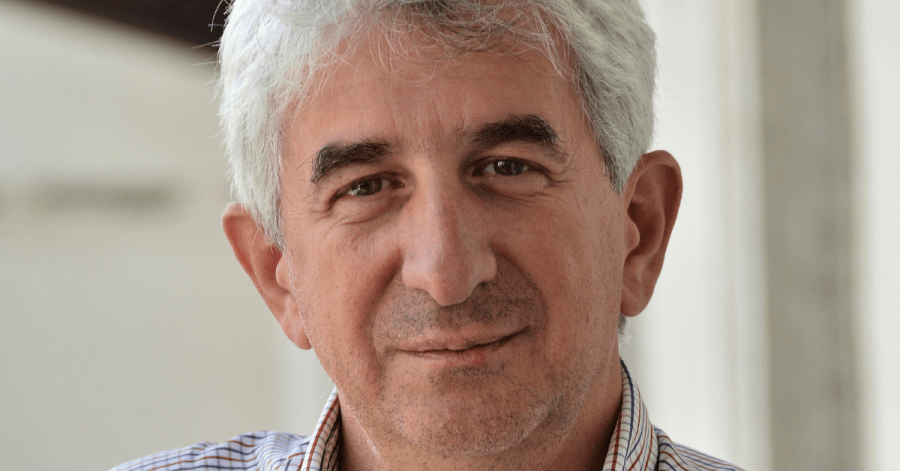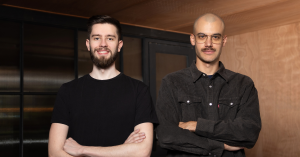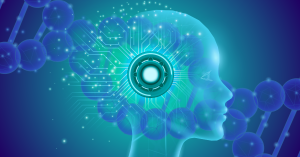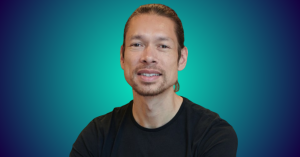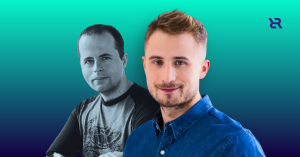AI is without a doubt one of the most exciting, impactful, if somewhat controversial technologies of the future. Many believe AI has the potential to change the world more than any other technology yet. Already, we see AI transforming industries such as healthcare, marketing, supply chain management, and automotive. And its applications are only growing every year.
To get deeper into the field and learn what are some of the most exciting applications of AI, The Recursive reached out to Prof. Dr. Nicu Sebe. He was recently named Head of AI at Humans.ai, the Romanian deep-tech startup building blockchain-based platform for AI-based creation and governance.
Nicu Sebe is currently leading the research in multimedia information retrieval and human-computer interaction in computer vision applications at the University of Trento, Italy. Before joining Humans.ai, he had accumulated 20 years of experience as a researcher and professor in computer vision, machine learning, and multimedia, chaired industry conferences such as ECCV and ICCV, and famously deciphered Mona Lisa’s enigmatic smile with a computer software.
In this interview, he tells us more about:
- Humans.ai’s plans with human-centric AI and blockchain integration;
- Why AI will likely become a companion for humans;
- What challenges lie ahead for AI.
The Recursive: What convinced you to step into the entrepreneurial world as the Head of AI for Humans?
Prof. Dr. Nicu Sebe: I started in academia more than 25 years ago but I always had this wish to try to do something else, too. I wanted to go outside of the world of academia and apply my research findings. The business world gives you this opportunity. Because of that, I have always been attracted to the entrepreneurial world.
Why Humans.ai? One of the main reasons I joined the team is that I like their manifesto, which places humans at the front run. Humans believes that we can use AI to help people.
I share this belief and it is actually connected to some of my old research and initiatives in human-centric computing. So, I will be able to put into practice all the years of experience and the research that we are doing at the moment.
Joining as the Head of AI, I will coordinate the research activities. In my academic career, I’ve been leading several research groups; so, I have experience in managing and motivating people.
I was also a little bit nostalgic. Being Romanian, I was attracted to the idea of helping a Romanian company to achieve something important in my field of interest.
How does your research merge with your work at Humans.ai?
I’ve been working on facial expression analysis and behavior understanding for the past twenty years. During my PhD, I started to work on a system doing facial expression analysis. And ever since we have continued to work in this area.
And then recently in the last five, six years, I’ve been working a lot on content generation, especially on humans, for example talkingheads, bodies, animation and so on. This is exactly what Humans wants.
One of the products that we are considering at the moment is doing talking-head animation, trying to have talking heads-speaking different languages, having text input and so on.
Which applications of AI do you find the most exciting?
One of the main areas in which AI has started to have a big impact is creative technology. So, trying to generate content, to empower users to put their creativity into practice.
Another trend where Humans is also at the front center is working towards trustworthy AI. This means that we create technologies that are regarded as trustworthy by humans.
One of the things that we are working on at Humans right now is what we call the proof-of-human. Practically, we want to make sure that whenever somebody is interacting with AI, creating content, or accessing content, humans are aware and are making the decisions.
Another thing that is very important and we try to address at Humans, is to empower users to do personalization. Personalization has been around for 14 years, but right now we have all the tools, all the ingredients to support it.
As AI takes a bigger decision-making role, the ethics of AI also rises in importance. Will it be possible to build a moral code for AI?
I believe it is possible, as long as this particular AI artifact, an avatar for instance, can learn this type of thing. On the one hand, it’s about learning to deal with a particular person, adapting to a person’s characteristics. On the other hand, the avatar needs to learn some general social principles, to obtain a richer educational background.
Another important aspect in AI today is addressing the bias. One example is when AI has been shown to treat black people differently because of only having white people for training. These things need to be addressed.
AI will need to learn to deal with bias.
What other challenges are ahead for advanced uses of AI?
We made a lot of progress in AI with the advent of deep learning. But this also brings problems related to the availability of data. The deep learning models are very good but they are data-dependent and data hungry.
At the moment, what the community is trying to do is creating large deep learning models that can cope with limited amounts of data.
So, training AI to learn without feeding in too many examples. This is similar to how humans learn; when we see a tiger for the first time we can still recognize it.
Another interesting concept is the distillation model. It’s like a teacher-student type of relationship. You can use a lot of data for the teacher, and then distill this deep model to something smaller, context-specific for the student. This enables more efficient deep learning applications and results with limited resources. For instance, it can help when you don’t have a lot of data or even labeled data, which is more difficult to obtain. That’s why now we are using new paradigms. For instance moving from supervised learning towards unsupervised or self-supervised learning.
What can you tell us about the integration of AI with blockchain?
Blockchain is a phenomenal channel. Of course, the blockchain doesn’t depend on AI. What we are doing at Humans, and it is, as far as I know, one of the few initiatives of this kind, is to try to put blockchain, NFTs, and AI together.
I believe that the blockchain is allowing the democratization of users to resources; there is a direct interest into accessing services and buying products. Right now, we are trying to make NFTs more personalized. This can be related to the identity of the person that is using the blockchain; for example, you can use a voice as an identification for the blockchain. We are also considering attaching a talking head, a face, and so on, to the NFT.
In a sense, AI can help make blockchain more human.
Where do you envision AI in the next 10 years?
The best thing is to consider a symbiosis between humans and AI. There are many things at which humans are much better than AI, and I believe this will stay the same, but there are areas where AI technology is better than us.
And while now humans are the ones who feed the AI with information, I believe this is going to change.
In the next 10-15 years, AI will become more and more of a companion.
One of the things that we are working on right now is continuous learning. We want AI to learn new things all the time and adapt but at the same time we want to avoid what is called catastrophic forgetting. And this is not always easy because of the available limited memory.
I am not scared that humans will become obsolete, that we will lose jobs. The job market will be changed, some traditional aspects are changing, but other jobs will replace the old ones.

